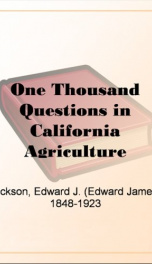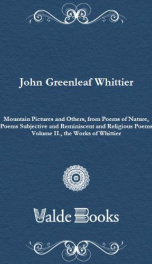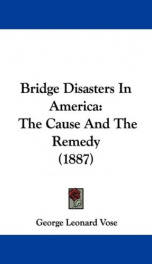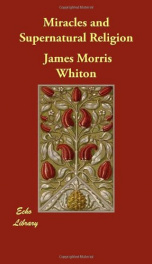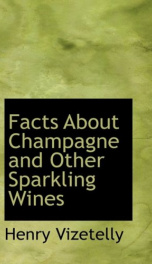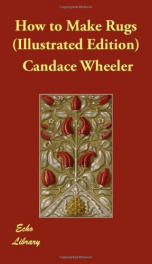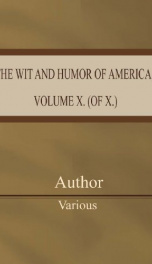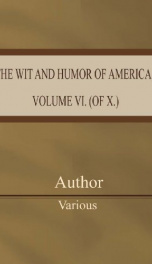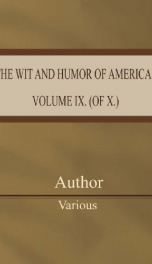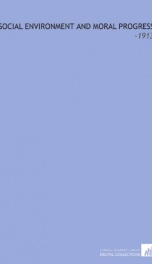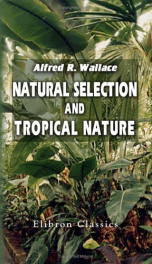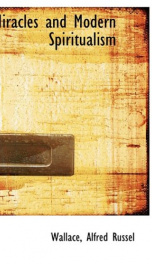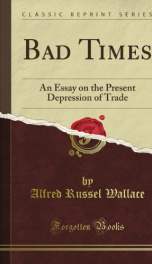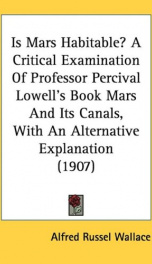Darwinism (1889)
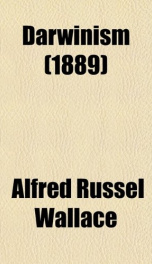
Purchase of this book includes free trial access to www.million-books.com where you can read more than a million books for free. This is an OCR edition with typos. Excerpt from book: Such cases as the above may perhaps be thought exceptional, but there is good reason to believe that they are by no means rare, but are illustrations of what is going on in every part of the world, only it is very difficult for us to trace out the complex reactions that are everywhere occurring. The general impression of the ordinary observer seems to be that wild animals and plants live peaceful lives and have few troubles, each being exactly suited to its place and surroundings, and therefore having no difficulty in maintaining itself. Before showing that this view is, everywhere and always, demonstrably untrue, we will consider one other case of the complex relations of distinct organisms adduced by Mr. Darwin, and often quoted for its striking and almost eccentric character. It is now well known that many flowers require to be fertilised by insects in order to produce seed, and this fertilisation can, in some cases, only be effected by one particular species of insect to which the flower has become specially adapted. Two of our common plants, the wild heart's- ease (Viola tricolor) and the red clover (Trifolium pratense), are thus fertilised by humble-bees almost exclusively, and if these insects are prevented from visiting the flowers, they produce either no seed at all or exceedingly few. Now it is known that field-mice destroy the combs and nests of humble-bees, and Colonel Newman, who has paid great attention to these insects, believes that more than two-thirds of all the humble-bees' nests in England are thus destroyed. But the number of mice depends a good deal on the number of cats; and the same observer says that near villages and towns he has found the nests of humble-bees more numerous than elsewhere, which he attributes to the number of cats that destroy the mice. H...
Info about the book
Author:
Series:
Unknown
ASIN:
B000JMLLPW
Rating:
1/5 (40)Your rating:
0/5
Languge:
English
Users who have this book
Users who want this book
What readers are saying
What do you think? Write your own comment on this book!
write a commentif you like Darwinism (1889) try:
Other books by this author
Do you want to exchange books? It’s EASY!
Get registered and find other users who want to give their favourite books to good hands!
